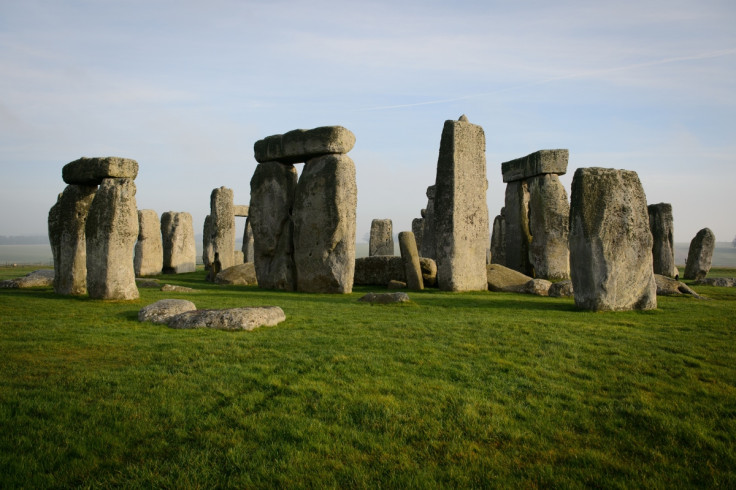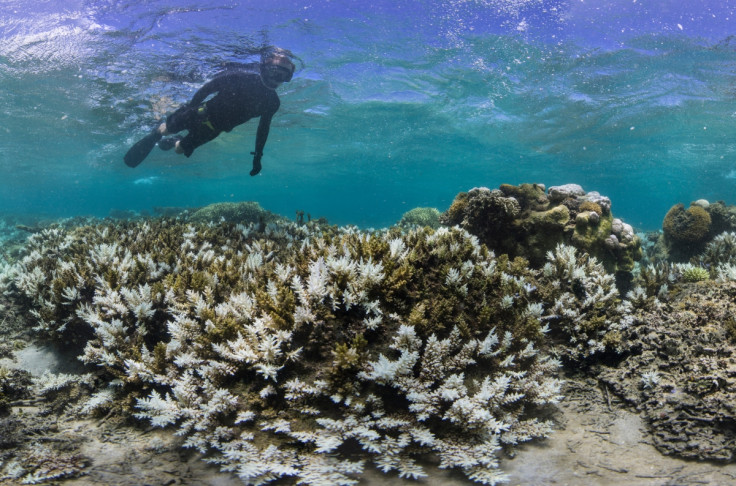Climate change: Stonehenge, Statue of Liberty and Easter Island heads all at risk warns Unesco
Some of the world's most iconic places, including Stonehenge, the Statue of Liberty and Venice, face a severe threat from adverse weather effects linked to climate change, a report has warned.
The United Nations Educational, Scientific and Cultural Organisation (Unesco) said rising global temperatures are "both a direct threat and a threat multiplier" to heritage sites after studying 31 natural and cultural properties in 29 countries.
Their impacts could rapidly and permanently damage many of these locations and the local economies dependent on the tourism revenue they bring, it added.
Unesco World Heritage director Mechtild Rossler said the alarming findings reinforced the importance of limiting global temperature rises below 2C.
The prehistoric Stonehenge in southwest England is among the cultural properties on the list, with Unesco saying storms and flooding could irrevocably alter the landscape and environmental conditions of the site.
The Statue of Liberty in New York is rated to be at "considerable risk" from sea-level rise, higher intensity storms and storm surges.
The Galapagos Islands off the coast of Ecuador, Yellowstone National Park, Venice and Easter Island are among the other sites under threat from global warming.
Global threat
"Globally we need to better understand, monitor and address climate change threats to World Heritage sites," Rossler said.
"As the report's findings underscore, achieving the Paris Agreement's goal of limiting global temperature rise to a level well below 2C is vitally important to protecting our world heritage for current and future generations."

Adam Markham, the report's lead author, added: "Climate change is affecting world heritage sites across the globe.
"Some Easter Island statues are at risk of being lost to sea because of coastal erosion.
"Many of the world's most important coral reefs, including in the islands of New Caledonia in the western Pacific, have suffered unprecedented coral bleaching linked to climate change this year," he continued.
"Climate change could eventually even cause some World Heritage sites to lose their status."
Great Barrier Reef omission
Unesco's list of endangered sites did not include the Great Barrier Reef, however, amid allegations that the Australian government had pressured the UN to remove the reef system from its report.
Scientists warned last month that the Reef was in the throes of its worst-ever coral bleaching event, with only 7% of the 2,300km-long system left untouched by bleaching.
Will Steffen, a scientific reviewer who worked on the omitted section of the report, told the Guardian newspaper that the move was "frankly astounding".

"I've spent a lot of my career working internationally and it's very rare that I would see something like this happening," he said.
"Perhaps in the old Soviet Union you would see this sort of thing happening, where governments would quash information because they didn't like it."
A spokesperson for Australia's Department of Environment told the Guardian that the government's objection to the report stemmed from fears that it could impact upon tourism.
Reef tourism in Australia generates an annual income of A$5bn (£2.5bn), with the sector employing nearly 70,000 people.
© Copyright IBTimes 2025. All rights reserved.






















